Malcolm Gladwell highlights in his book, Blink, that first impressions are created within a few seconds of meeting a person; the process is called Thin Slicing. We use “thin slicing” in person and when viewing a photo of a person. This is partially the reason I included a headshot of myself on the about page of my website and the fact that people who have never seen a photo of me automatically assume I’m female.
During the COVID-19 pandemic, first impressions for many are being made from looking at online profile photos. A professional headshot would leave a good impression but not so much the cellphone selfies.
A great headshot conveys the message you want people to see at first glance. Be it friendly, approachable, fun-loving, stern or professional. It makes you trustworthy.
Whenever a person asks me “Do you do headshots?” My answer is a resounding “Yes!” … Further in the conversation, I’d ask “How do you plan on using the image?” Why? Because it informs me on how to light the image and the angle to shoot from to convey the feeling they are going for.
Based on their answer I know if I’ll be shooting one of three types of headshots…
ACTOR’S HEADSHOT:
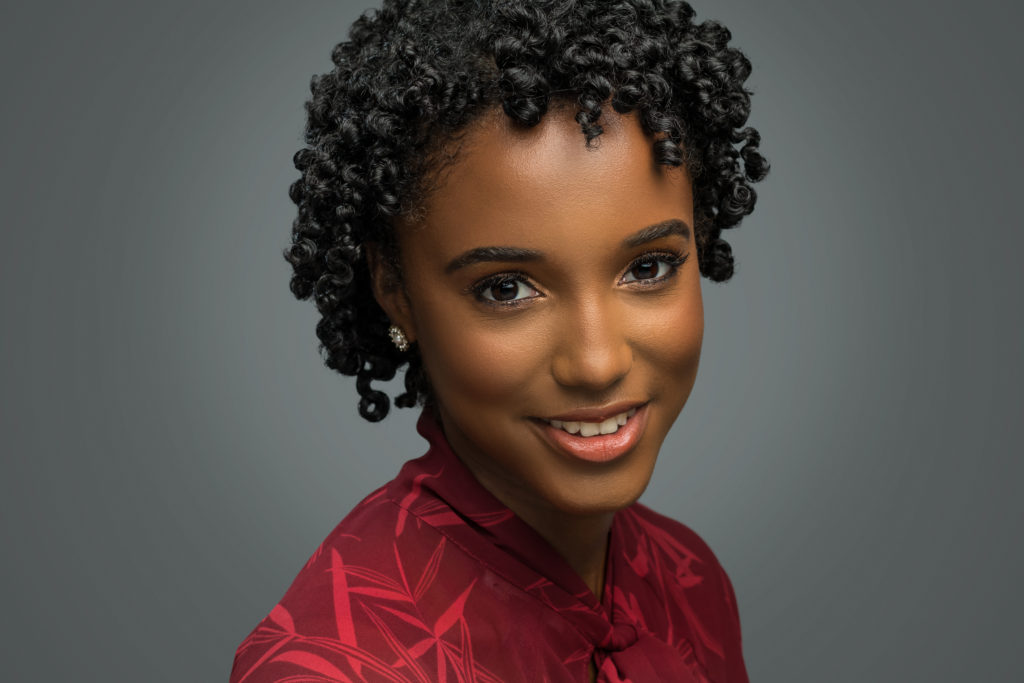 An Actor’s Headshot normally has little to no room above the head and includes a portion of the chest. It’s often used by actors when seeking to get casted allowing anyone looking at the photo to quickly connect with them.
An Actor’s Headshot normally has little to no room above the head and includes a portion of the chest. It’s often used by actors when seeking to get casted allowing anyone looking at the photo to quickly connect with them.
It also works well in publications with limited real estate like playbills, social media profile photos and movie credits. Actors often shoot these a few times each year based on the type of role and look they want to be cast for. In short, it fills up a small space, allows them to quickly connect with the viewer of the photo and varies based on current features like the length of hair, beard etc…
This is typically my default unless the client asks for more headroom.
CINEMATIC HEADSHOT:
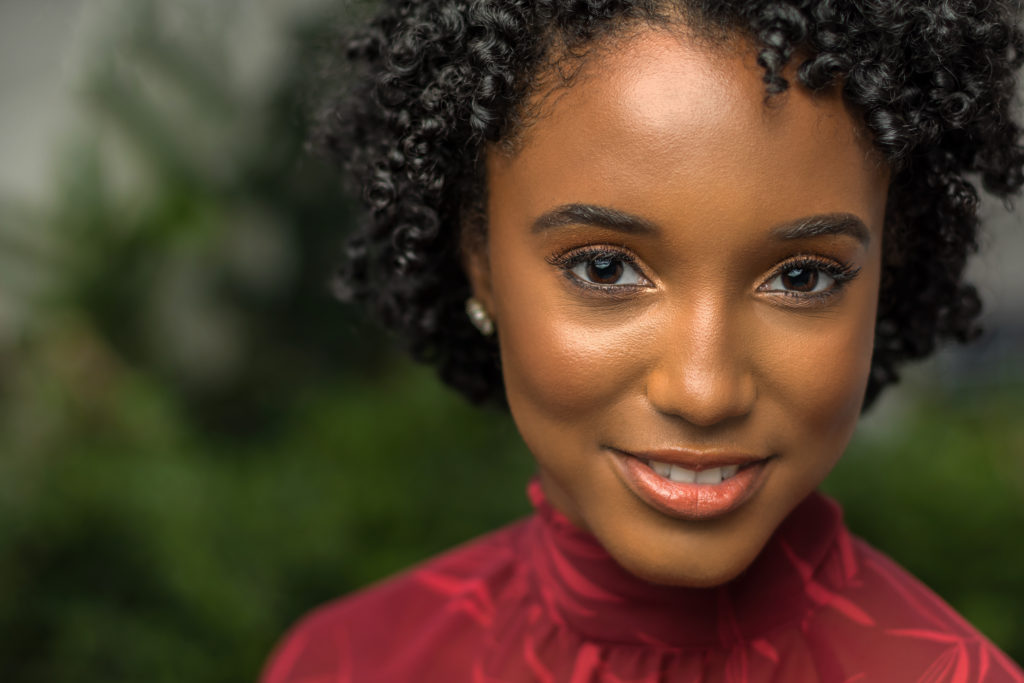 A Cinematic Headshot is very similar to an Actor’s headshot with the exception that it has a dynamic background which is often blurred. This makes more of an impact as the person jumps off the background causing the image to stand out among other headshots.
A Cinematic Headshot is very similar to an Actor’s headshot with the exception that it has a dynamic background which is often blurred. This makes more of an impact as the person jumps off the background causing the image to stand out among other headshots.
The cinematic headshot works well for solopreneurs and creatives who want to stand out in a sea of ordinary headshots. Especially since the background is unique to them.
During each session, I do a mixture of the Actor’s and Business headshots. Cinematic headshots are often done when clients explicitly express that they want to do something different from the norm.
BUSINESS HEADSHOT:
 A Business Headshot also known as a Corporate Headshot in most cases includes the entire torso and is shot from an angle making the person look like a hero or authoritative. This is done by shooting at eye level or slightly below eye level.
A Business Headshot also known as a Corporate Headshot in most cases includes the entire torso and is shot from an angle making the person look like a hero or authoritative. This is done by shooting at eye level or slightly below eye level.
Having more of the person’s body in the photo allows for a variety of uses; a corporate publication with lots of real estate, the company’s website (cropped) or newspaper article. It’s a bit more versatile.
Most companies opt for this type of headshot because it gives them the best bang for their buck.
A disadvantage to this type of headshot is that if the hand placement is awkward; showing tension or discomfort it detracts from the photo.
All headshots are not created equally. Think about what you want to convey when people look at your photo before booking your next headshot session.
Having the right headshot will help you better connect with your audience. What does your current headshot say about you?
* There are many other types of headshots (e.g. theatrical headshots, beauty headshots, lifestyle headshots) but these are the main three headshots I offer.
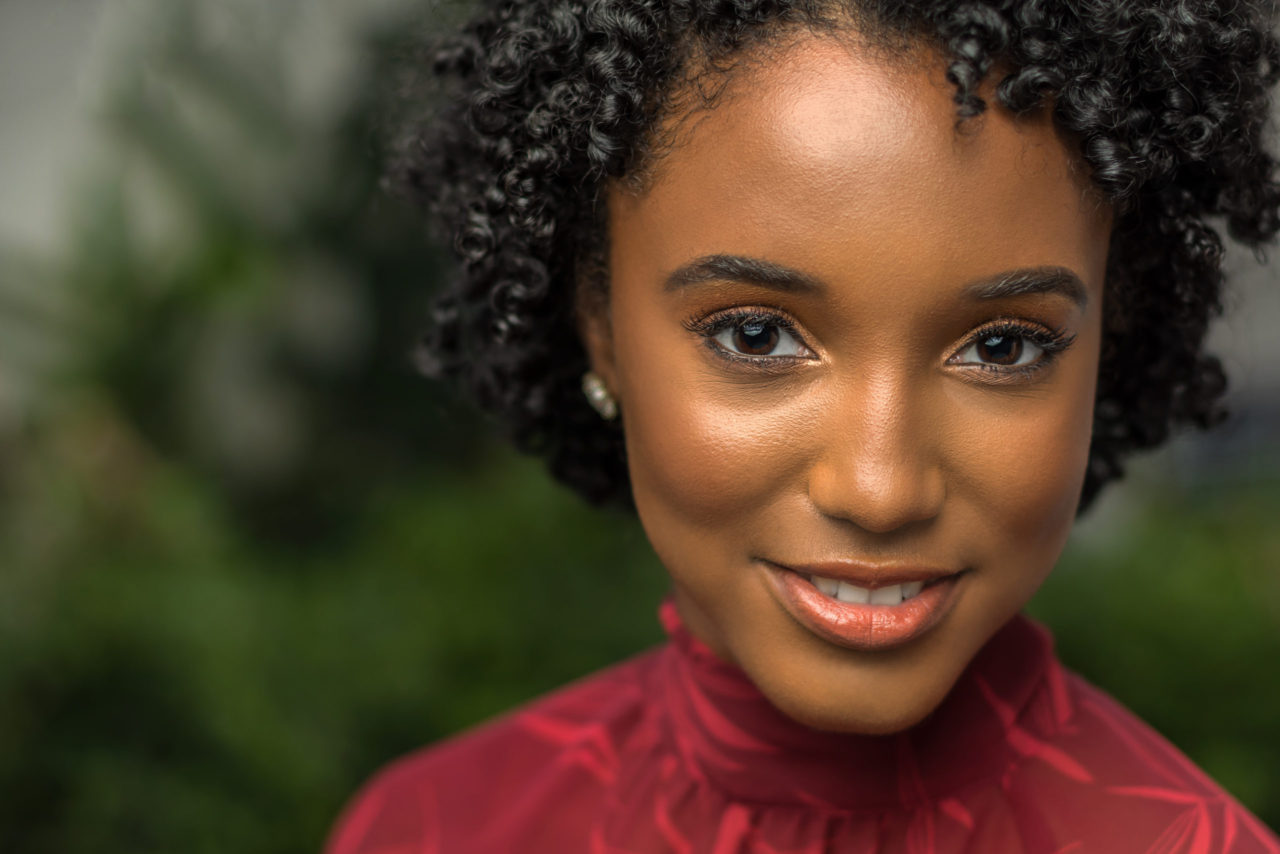
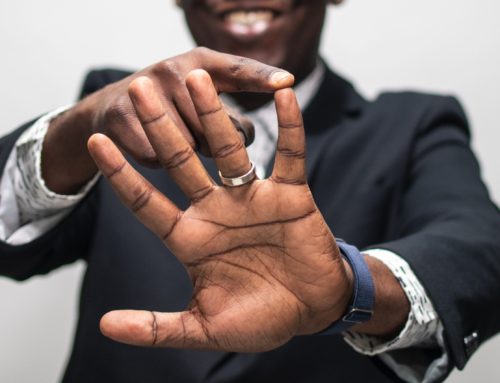
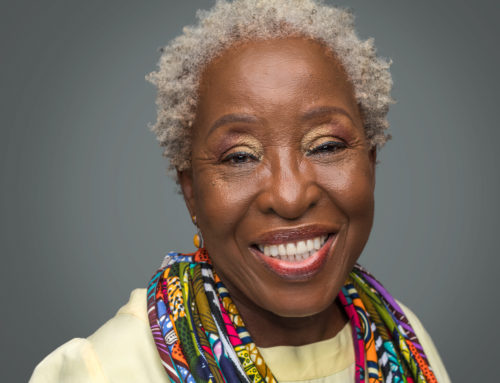
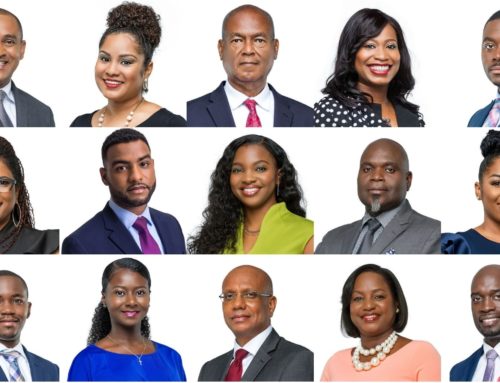
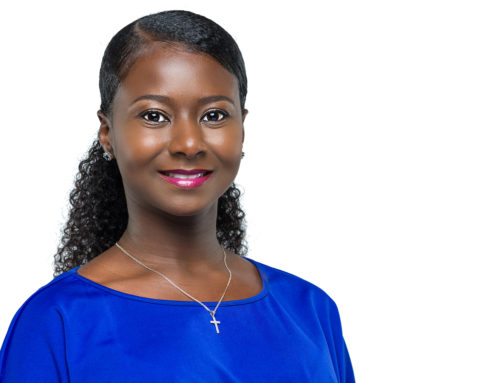

Leave A Comment